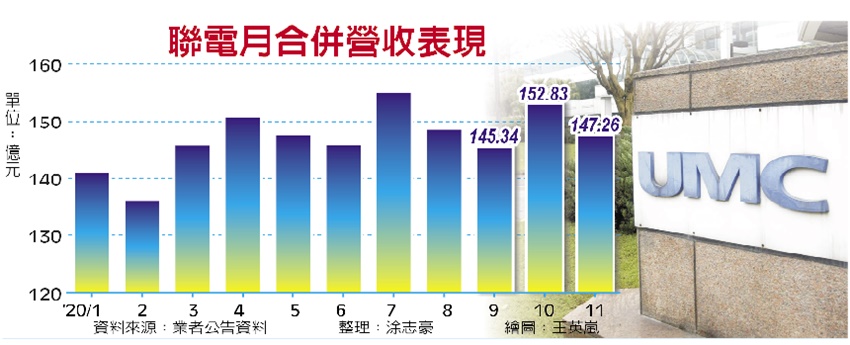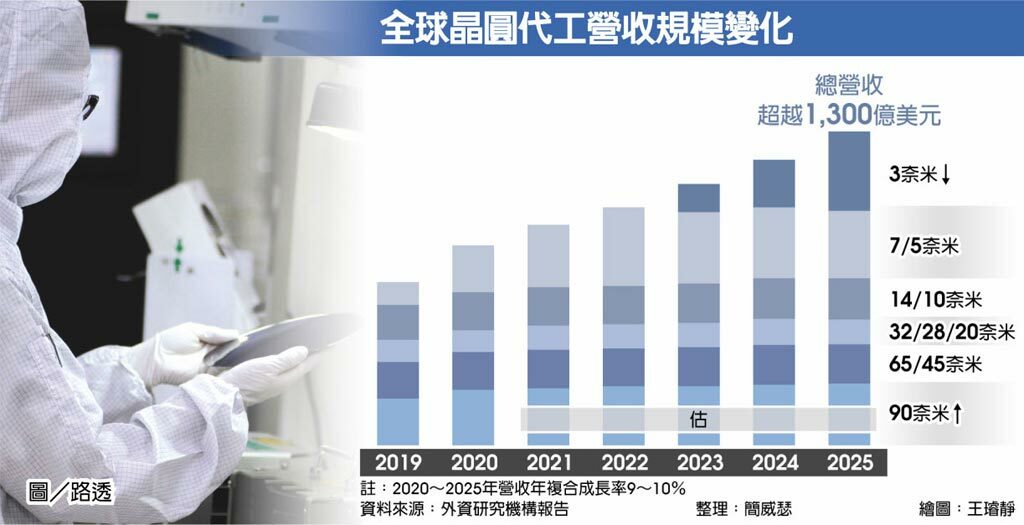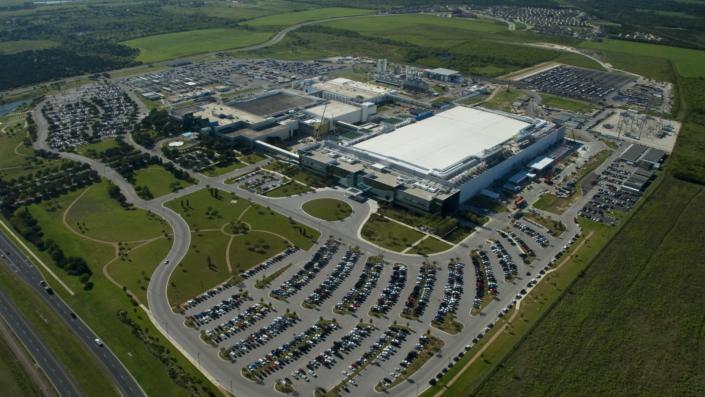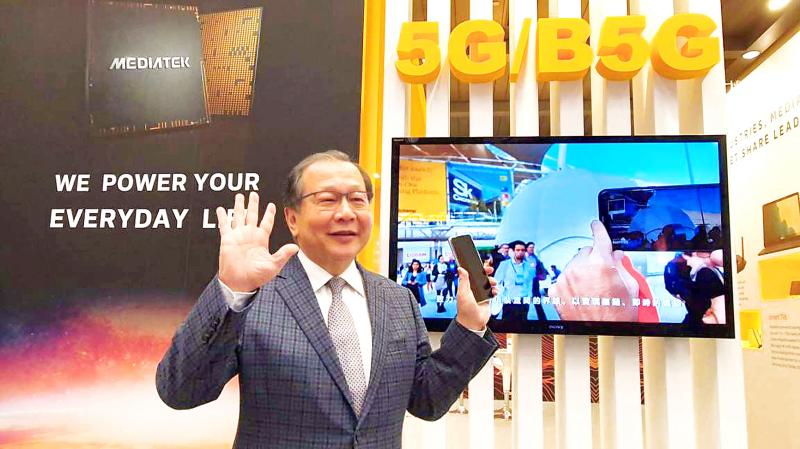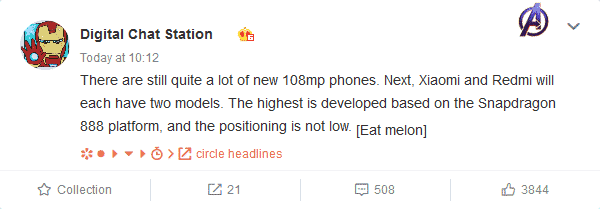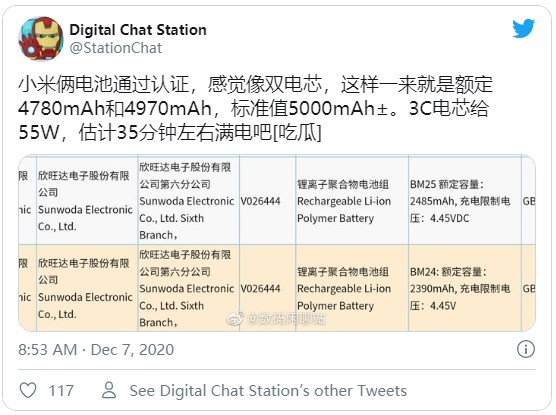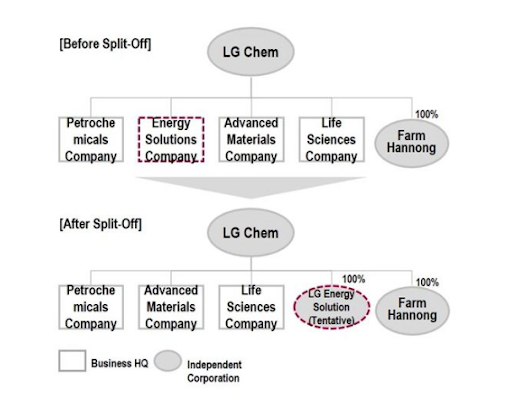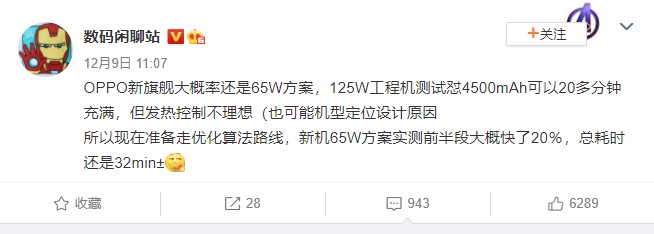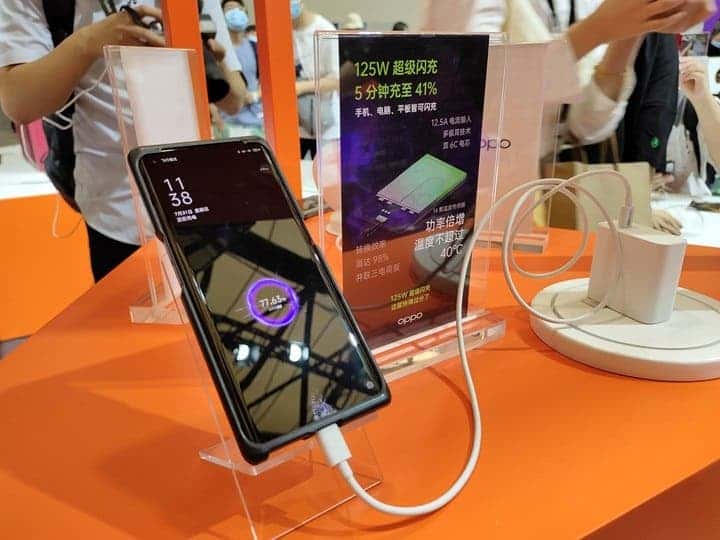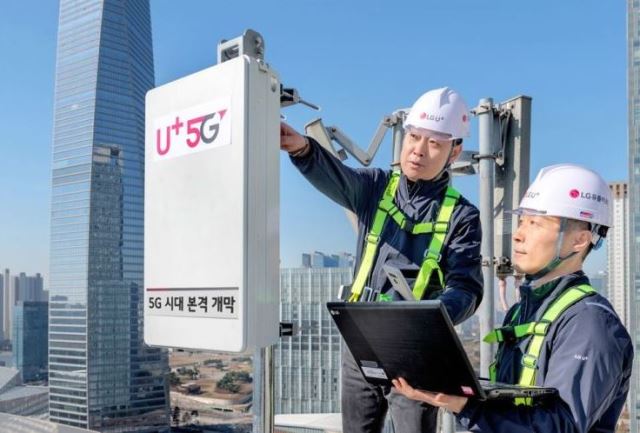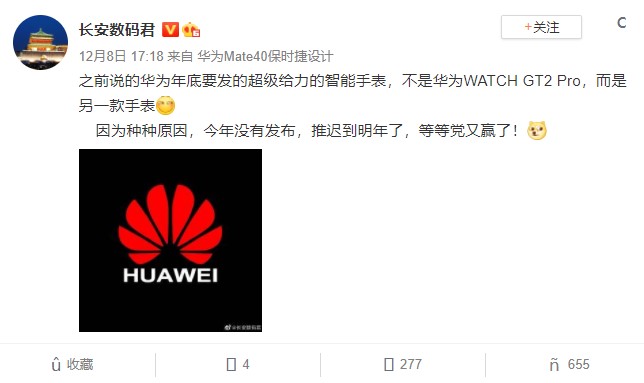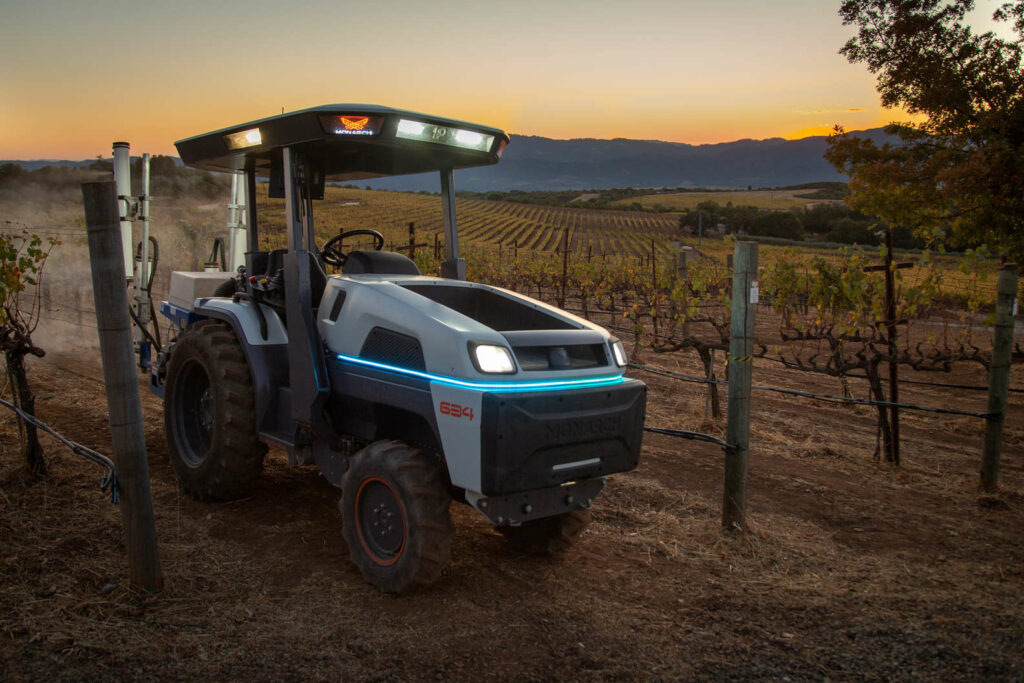
12-10 #Weekends : The production capacity of TSMC, Samsung, GF, UMC, SMIC and other foundry companies continue to be full; Samsung will reportedly convert one of its DRAM fabs into a CIS line in 2021; etc.
United Microelectronics Corporation (UMC) has revealed that current 8” wafer production capacity is seriously insufficient, and this situation is to continue until 2021. UMC has said that 4Q20 wafer shipments will increase by 1-2% month-on-month, 4Q20 to 1Q21 will perform well, and future operations will get better year after year. (Laoyaoba, UDN, CNA, CTEE, Taipei Times, Digitimes)
Seagate Technology has announced that it has designed two processors based on the open RISC-V instruction set architecture (ISA). both processors offer RISC-V security features, the benefits add up to more robust edge-to-cloud data trustworthiness, security, and mobility—all essential in the era when so much data is on the move. Seagate has shipped close to 1B cores over 2019. (My Drivers, The Register, Business Wire)
Apple is reportedly working with supply chain partner Taiwan Semiconductor Manufacturing Company (TSMC) on an autonomous vehicle chip for an “Apple Car” said to be similar to Tesla. Both companies have allegedly established plans for a factory to produce “Apple Car” chips in the U.S., and are currently negotiating with upstream and downstream supplies in the automotive electronics supply chain. (Mac Rumors, Digitimes, Apple Insider, CN Beta)
The production capacity of TSMC, Samsung, GF, UMC, SMIC and other foundry companies continue to be full. It is expected that the capacity will continue to be fully loaded until mid-2021. Now new orders are no longer scheduled, and the chip delivery lead time is stretched to 10 months. In order to supplement upstream production capacity, phone chip manufacturers have even begun to rent equipment out of their pockets to expand production for foundries. The pressure of chip shortages has been impacting downstream industries such as phones and automobiles. (CN Beta, Sina, NBD)
TSMC has announced that the company has been honored with the 2021 IEEE Corporate Innovation Award for its leadership in 7nm semiconductor foundry technology. Since TSMC’s 7nm technology entered volume production in Apr 2018, the company has manufactured more than 1B good dies in this process for hundreds of products from dozens of customers. (CN Beta, CNA, UDN, Taiwan News, Focus Taiwan, TSMC)
Samsung Electronics has purchased 104,089 square meters of land in Austin, Texas of the United States. The company’s move is seen as a preparation to expand its foundry plant in the United States. Currently, the Austin foundry factory is producing chips with 14nm, 28nm, and 32nm circuits for fabless customers. The plant is not yet equipped with EUV lithography equipment, which is used for 7nm or sub-7-sm products. (CN Beta, Korea Economy Daily, The Investor, Business Korea)
MediaTek has revealed that its new 5G flagship chip would be launched by the Lunar New Year, which falls in Feb 2021, and that it expects replacement demand to take off in 2021 as shipments of 5G handsets worldwide are set to double from more than 200M units in 2020. MediaTek chief executive Rick Tsai has indicated that the 5G penetration rate is expected to climb to about 49% in 2022 and 60% in 2023. (GSM Arena, Taipei Times)
Samsung has announced the launch of its first standalone MicroLED TV in South Korea, with a 110” display size. MicroLED has been the focus of some display developments in recent years. Similar to the modular panel from before, the new MicroLED TV has virtually no bezels around the display, touting a 99.99% screen-to-body ratio. (CN Beta, Samsung)
There are allegedly at least 2 Xiaomi and 2 Redmi smartphones to feature 108MP main camera to be launched in 2021. These smartphones will feature Qualcomm’s latest Snapdragon 888. (GizChina, East Money, Zhihu)
Samsung Electronics will reportedly convert one of its DRAM fabs into a complementary metal oxide semiconductor (CMOS) image sensor (CIS) line in 2021. By doing so, the global semiconductor giant will ramp up its production capacity of CISs by about 20%. Currently, Samsung’s CIS production capacity is 100,000 sheets of wafer per month. (My Drivers, TechNews, Business Korea, Money DJ, Joins.com)
Samsung is going to introduce the Galaxy S21 smartphones with a new fingerprint scanner. The sensor under the OLED panel will be square, 8mm sides, making it 64sq.mm. The previous two flagships had 4×9mm sensors, which is 36sq.mm, a 77% increase. (Twitter, GSM Arena, CN Beta)
Xiaomi’s Mi 11 and Mi 11 Pro will be powered by dual-cell batteries, which will feature faster-charging capabilities. The total rated value of the Mi 11’s battery could be 4,780mAh and the total rated size could be 4,970mAh. This suggests that the typical battery capacities of both phones could be around 5,000mAh. (Zhihu, Sohu, Sina, GizChina, Gizmo China)
LG Energy Solution is currently putting more effort into becoming the main cylindrical battery supplier for Tesla. To reach this goal, LG is reportedly looking to extend its 2170 cell production lines at its Nanjing, China plant, potentially allowing the South Korean firm to support the Model Y ramp in Gigafactory Shanghai. LG Chem spun off its battery division and form “LG Energy Solutions” from 1 Dec 2020. (CN Beta, Teslarati, ET News)
OPPO’s 125W charging solution fills a 4500mAh battery in 20 minutes. However, its upcoming flagship will most likely use its 65W solution. This is because the 125W solution is not quite ready. The heat control is not ideal (it may also be due to the design). (GizChina, Weibo)
Qualcomm, LG Uplus and LG Electronics have announced that they have successfully deployed South Korea’s first 5G mmWave network using a commercial 5G smartphone at the Kumoh National Institute of Technology (KIT). This milestone also represents an important step toward the commercialization of 5G mmWave in South Korea, which is expected to ramp in 2021. (CN Beta, Qualcomm, RCR Wireless)
Facebook is designating USD150M of USD1B affordable housing commitment to build housing for the Bay Area’s lowest-income residents. The money will cover the building of 2,000 new homes that will eventually be occupied by those making less than 30% of the region’s medium income. (Neowin, Facebook)
OnePlus co-founder Carl Pei has raised USD7M in seed financing to start a new venture that will be unveiled early 2021. It is believed to be an audio-related product. (Android Headlines, Wired, Money Control, 36Kr, CN Beta)
Lenovo K12 and K12 Pro are announced in China: K12 – 6.5” 720×1600 HD+ v-notch, Qualcomm Snapdragon 460, rear dual 48MP-2MP depth + front 8MP, 4+64GB, Android 10.0, rear fingerprint, 5000mAh 10W, 2.5W reverse charging, CNY799 (USD122). K12 Pro – 6.8” 720×1640 HD+ HiD, Qualcomm Snapdragon 662, rear tri 64MP-2MP macro-2MP depth + front 16MP, 4+128GB, Android 10.0, rear fingerprint, 6000mAh 20W, 2.5W reverse charging, CNY999 (USD153). (GizChina, GSM Arena, Weibo, IT Home)
OPPO Reno5 5G series is announced: Reno5 5G – 6.43” 1080×2400 FHD+ HiD OLED 90Hz, Qualcomm Snapdragon 765G, rear quad 64MP-8MP ultrawide-2MP macro-2MP depth + front 32MP, 8+128 / 12+256GB, Android 11.0, fingerprint on display, 4300mAh 65W, CNY2699 (USD413) / CNY2999 (USD458). Reno5 5G Pro – 6.55” 1080×2400 FHD+ HiD OLED 90Hz, MediaTek Dimensity 1000+, rear quad 64MP-8MP ultrawide-2MP macro-2MP depth + front 32MP, 8+128 / 12+256GB, Android 11.0, fingerprint on display, 4350mAh 65W, CNY3399 (USD520) / CNY3799 (USD581). (My Drivers, CN Beta, OPPO)
Xiaomi Mi Watch Lite is announced – 1.4” 320×320 touch display, features automatic step counter and supports 11 workout mode, supports sleep tracking, heart rate monitoring and guided breathing, 230mAh battery, priced at CNY299 (USD45). (GSM Arena, Mi.com, CN Beta)
Huawei is reportedly preparing a new smartwatch powered by Harmony OS that was scheduled to release at the end of 2020 but now scheduled for 2021. Huawei announced to release HarmonyOS 2.0 SDK for IoT devices including smartwatches, and developers, especially in China, have started developing applications for HarmonyOS 2.0. (Gizmo China, Huawei Central, Weibo)
Huawei has announced the implementation of its brand-new Health Lab in Xi’an, China. Huawei Health Lab researchers, engineers and developers will jointly explore the innovation and application of new sports and health technology, bringing the scientific and convenient sports experience to global consumers. The lab includes an experimental smart wearable product testing area and a sports health innovation area. (CN Beta, Sina, IT Home, CE, Pocket Lab, Huawei Central)
According to Digitimes, Apple’s AirPods Max is manufactured by China-based Luxshare Precision Industry and Goertek. Both Luxshare and Goertek are producing the AirPods Max devices at their plants in Vietnam, signifying that Apple is accelerating the relocation of its related supply chains out of China. (Apple Insider, Digitimes, press, My Drivers)
Monarch Tractor has introduced the world’s first fully electric, driver optional, smart tractor integrated on a single platform. Monarch Tractor combines electrification, automation, machine learning, and data analysis to enhance farmer’s existing operations, increase labor productivity and safety, and maximize yields to cut overhead costs and emissions. (CN Beta, Business Wire, Successful Farming)

